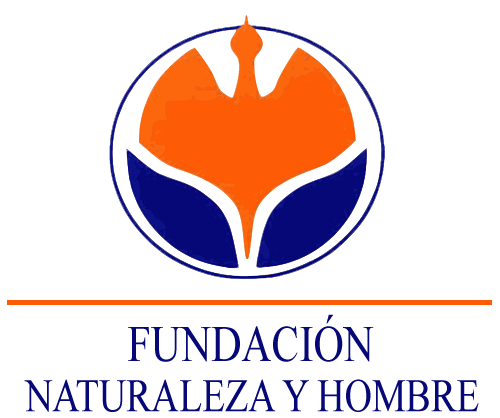This reserve is managed through an agreement between Coast Demarcation in Cantabria and FNYH.
It is located between the towns of Guarnizo and Parbayón.
In this reserve there are two areas that, although they are geographically continuous, differ in the type of ecosystem that constitute. The first one is formed by the Canal de la Mina, area intensely modified by the requirements of the dominant mining activity in this territory.
The cessation of iron ore washing has allowed some partial regeneration of natural habitats and this area has become an ecological corridor with dense riparian woodland, with alder, laurel, poplar, plantain, Mediterranean buckthorn, sambucus, common hazel, willow, and one allochthonous species, false acacia.
The proximity to the Natural Park of Macizo de Peña Cabarga allows to observe animals in transit through the natural corridor formed by the riparian forest. As for wildlife, birds are the leading representatives among vertebrates in wetlands and they are excellent bio-indicators of the ecosystem quality. It is confirmed the occasional presence of birds like black kite, common buzzard, eurasian sparrowhawk, common kestrel. Other inhabitants are mammals such as fox, beech marten, least weasel, mices …
The second unit that constitutes the reserve is the header of the Ría de Solía, whose vegetation is highly modified by diverse human activities: such as infill or the insulation of intertidal zones.
These changes have generated an alternative habitat that has less coastal rigor than other estuaries. Particularly in the current habitat, the false acacia is strongly represented on the riverside with shrub of bramble and fern.
Inside the Ría de Solía it is possible to observe different bird species, some of them with a regular presence while others are casual. Besides passeriformes, shorebirds and anatidae, it is possible to observe birds of prey both daytime and nocturnal. There have also been observed different species of mammals such as European badger, beech marten, least weasel or fox, among others species. It is of greatest interest the presence of an important refuge for bats, as the greater horseshoe bat, in the vicinity of the Ría de Solía, known as the Cave of Castañera.
Partners:
- Ministry of Agriculture, Food and Environment. Coast Demarcation in Cantabria
- Sea General Secretary
- General Direction of Sustainability of the Coast and the Sea
<iframe src=”https://www.google.com/maps/d/embed?mid=zmP4mtNhSVhk.kkGhyu06wJ-8″ width=”640″ height=”480″></iframe>



